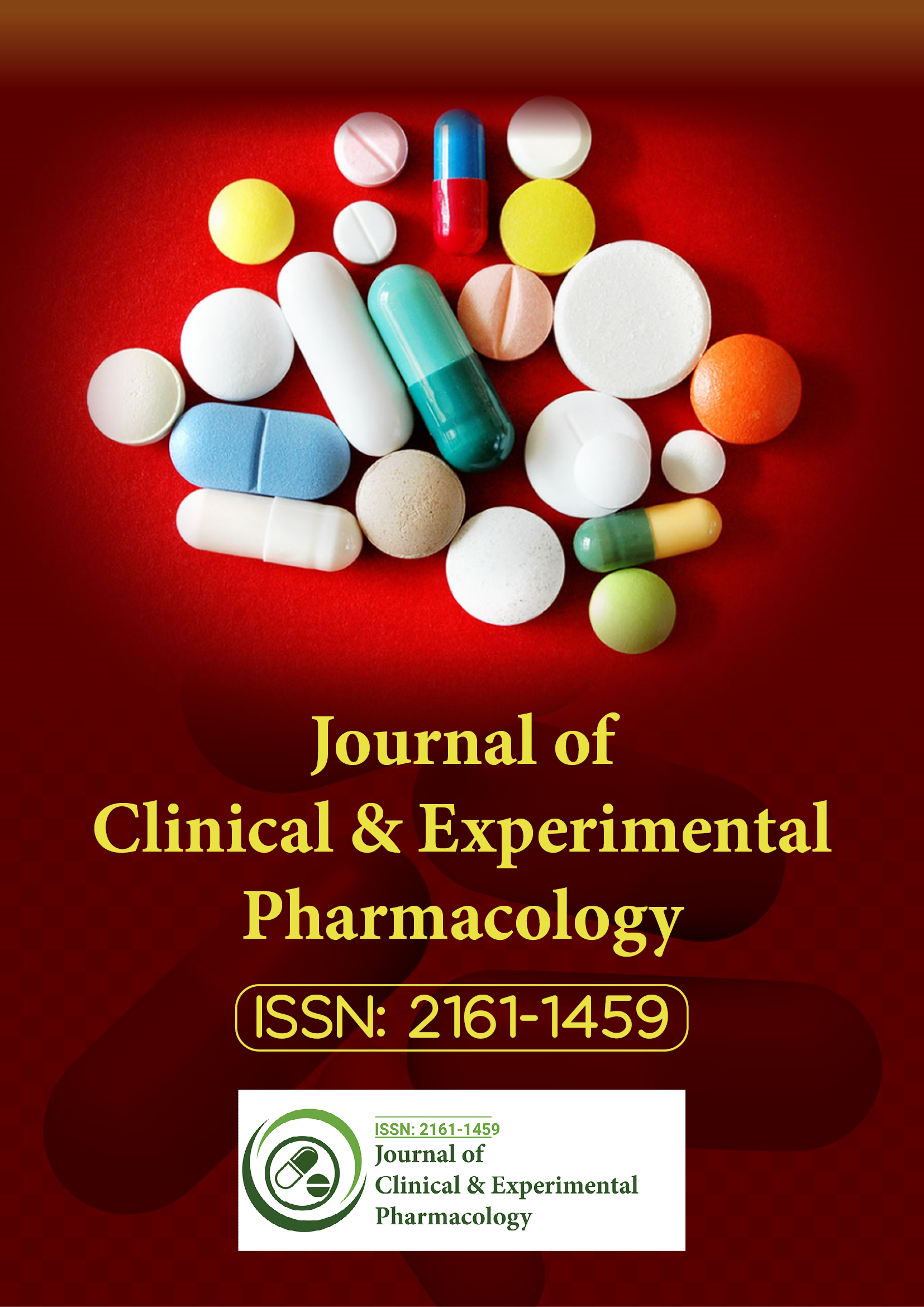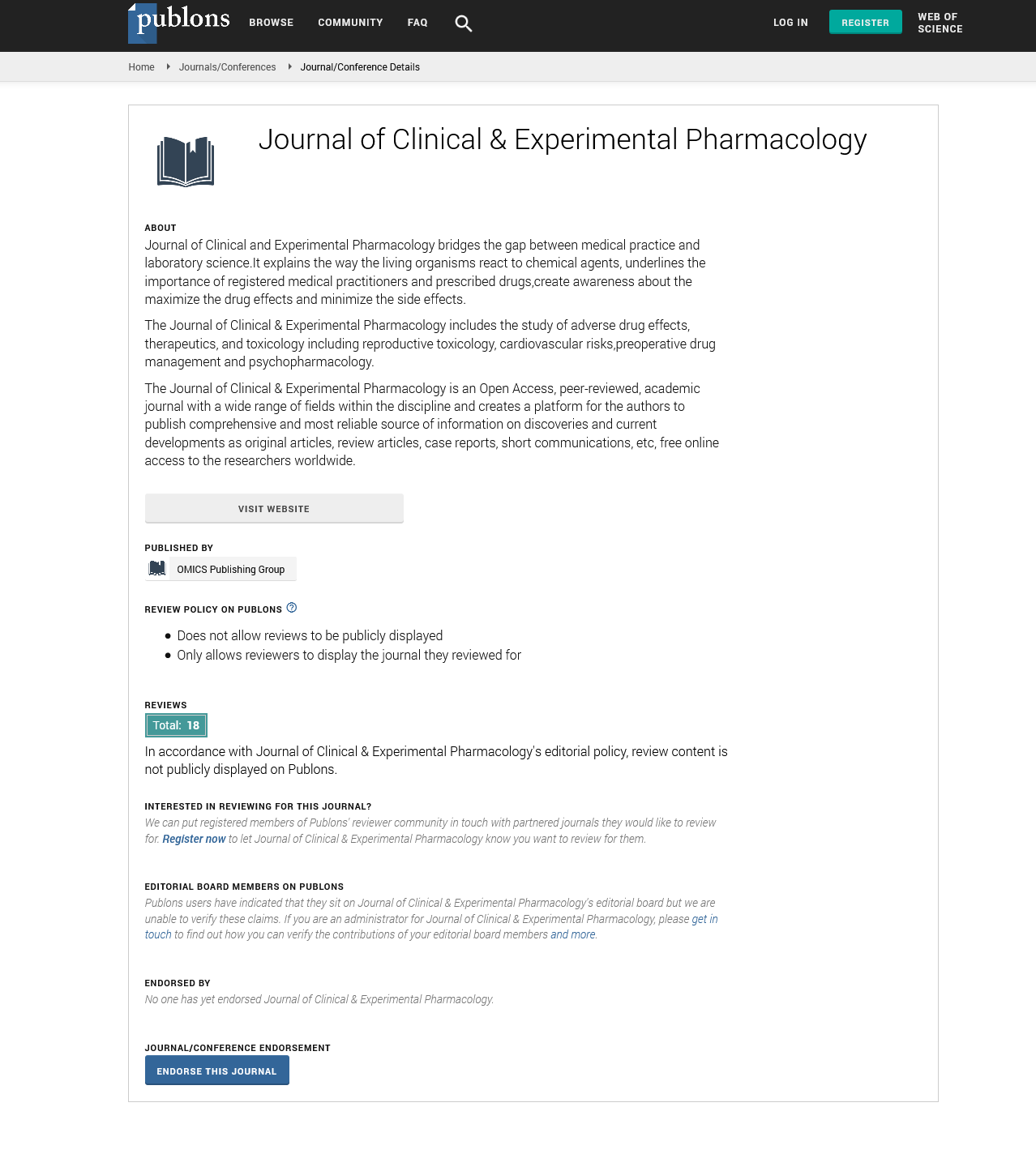Indexed In
- Open J Gate
- Genamics JournalSeek
- China National Knowledge Infrastructure (CNKI)
- Ulrich's Periodicals Directory
- RefSeek
- Hamdard University
- EBSCO A-Z
- OCLC- WorldCat
- Publons
- Google Scholar
Useful Links
Share This Page
Journal Flyer

Open Access Journals
- Agri and Aquaculture
- Biochemistry
- Bioinformatics & Systems Biology
- Business & Management
- Chemistry
- Clinical Sciences
- Engineering
- Food & Nutrition
- General Science
- Genetics & Molecular Biology
- Immunology & Microbiology
- Medical Sciences
- Neuroscience & Psychology
- Nursing & Health Care
- Pharmaceutical Sciences
Commentary - (2021) Volume 0, Issue 0
A Brief Note on Activation Analysis of Chemistry of Radioactive Materials
Abbott Holmes*Received: 04-Nov-2021 Published: 25-Nov-2021
About the Study
Radiochemistry is a branch of science that studies the characteristics and chemical interactions of non-radioactive isotopes using radioactive isotopes of elements (often within radiochemistry the absence of radioactivity leads to a substance being described as being inactive as the isotopes are stable). The use of radioactivity to examine ordinary chemical reactions is a big part of radiochemistry. This is in marked contrast to radiation chemistry, in which the radiation levels are kept too low to have any effect on the chemistry.
Radiochemistry is the study of radioisotopes, both natural and man-made.
All radioisotopes are unstable isotopes of elements that decay nuclearally and release radiation in some form. There are various forms of radiation that can be released, including alpha, beta, and gamma radiation, proton and neutron emission, and neutrino and antiparticle emission decay pathways.
• The emission of an alpha particle from an atomic nucleus (which contains two protons and two neutrons). The atomic mass and atomic number of the atom will both decrease by 4 units as a result of this.
• The transformation of a neutron into an electron and a proton is known as (beta) radiation. The electron is then released from the nucleus and into the electron cloud.
• The emission of electromagnetic energy (such as gamma rays) from an atom's nucleus. This usually happens with the disintegration of alpha or beta radioactive elements.
The variation in penetrating power distinguishes these three forms of radiation. Alpha is equivalent to a helium nucleus and can be readily stopped by a few centimeters of air or a piece of paper. An aluminum layer of a few millimeters thick can cut off beta, which are electrons. The most penetrating of the three photons is gamma, which is a massless charge less high energy photon. To minimize the strength of gamma radiation, a significant amount of heavy metal radiation shielding (typically lead or barium-based) is needed. It is possible to induce radioactivity by irradiating objects with neutron; neutron activation analysis is based on the activation of stable isotopes to produce radioisotopes. The hair of Napoleon's head, which has been analyzed for its arsenic concentration, is one of the most interesting things that have been studied in this way.
There are different experimental procedures that have been developed to allow the measurement of a variety of different elements in various matrices. It is common to utilize chemical extraction of the desired element and/or to allow the radioactivity due to matrix elements to decay before measuring the radioactivity to limit the effect of the matrix. Because the matrix effect may be rectified by monitoring the decay spectrum, some materials require little or no sample preparation, making neutron activation studies less prone to contamination.
If a hypothetical sample containing sodium, uranium, and cobalt in a 100:10:1 ratio was treated to a very short pulse of thermal neutrons, the impacts of a series of different cooling durations can be seen. The 24-Na activity (half-life 15 h) would dominate at first, but as time passed, the 239 Np (half-life 2.4 d following creations from parent 239U with half-life 24 min) and then the 60 Co activities (5.3 years) would take over.
The study of DNA with radioactive phosphorus-32 is one biomedical use. The chemically similar radioactive P-32 is utilized to replace stable phosphorus in these studies, and the ensuing radioactivity is used to analyses the molecules and their behavior.
Another example is the research on how living organisms methylate metals including sulphur, selenium, tellurium, and polonium. Bacteria have been demonstrated to transform these elements into volatile chemicals, and it is assumed that methylcobalamin (vitamin B12) alkylates these elements to form dimethyls.
The combination of Cobaloxime and inorganic polonium in sterile water produces a volatile polonium compound, whereas a control experiment without the cobalt compound produced no volatile polonium product. The isotope 35 S was employed for the sulphur work, while 207 Po was used for the polonium work. It was demonstrated in a separate study that the bacteria transform accessible cobalt into methyl-cobalamin by adding 57 Co to the bacterial culture, then isolating the cobalamin from the bacterium (and measuring the radioactivity of the isolated cobalamin).
Citation: Holmes A (2021) A Brief Note on Activation Analysis of Chemistry of Radioactive Materials. J Clin Exp Pharmacol. S11: 014.
Copyright: © 2021 Holmes A. This is an open-access article distributed under the terms of the Creative Commons Attribution License, which permits unrestricted use, distribution, and reproduction in any medium, provided the original author and source are credited.

